Discovering Canada’s Scenic Train Journey: The Ocean from Halifax to Montreal
A wonderful morning marked our departure from Halifax, Nova Scotia. On that spring Saturday, we explored the spectacular harbour-front promenade of Canada’s primary Atlantic port. Our sons, 13-year-old Desmond and nine-year-old Victor, savored delicious scones at the farmers’ market, excitedly followed by a thrilling parkour session in a playground featuring a yellow submarine, gigantic anchors, and a whimsical slide shaped like a whale’s tongue. During our visit to the Maritime Museum of the Atlantic, we explored exhibits about historical events, including the rescue efforts for Titanic survivors and the devastating munitions ship explosion that destroyed the city’s North End at the close of World War I.
As we transitioned from the sunshine of the prior day—offering fantastic views of grey-hulled naval vessels and massive cargo ships to an enveloping fog—we were fortunate to have arranged an escape: a journey on the oldest named train in North America. The Ocean has connected Montreal and Halifax since 1904 via the historic Intercolonial Railway. My wife, Erin, and I had traveled on the Ocean during the early days of our relationship, sharing laughter in the glass-domed Park car—experiences that significantly deepened our bond. This time, with our two active boys joining us, we would traverse across three provinces, pass through two time zones, and cover an impressive 840 miles without their electronic devices.
Accessing the platform was seamless, as our hotel, the Nova Scotian—established in 1930 to serve Canadian National passengers—was linked to the train station via a sheltered walkway, shielding us from the pouring rain outside. About thirty minutes before our scheduled departure at 11:30 am, we wheeled our luggage from the ornate marble and brass-accented lobby into the station’s stunning beaux-arts atrium. A trio of Via Rail employees awaited us at a podium to scan our tickets, guiding Desmond and Victor on how to secure the baby-blue wristbands that indicated our reserved places in “sleeper class.” Larger bags could have been checked into the baggage car for collection in Montreal, but we opted for overnight bags to keep things minimal.
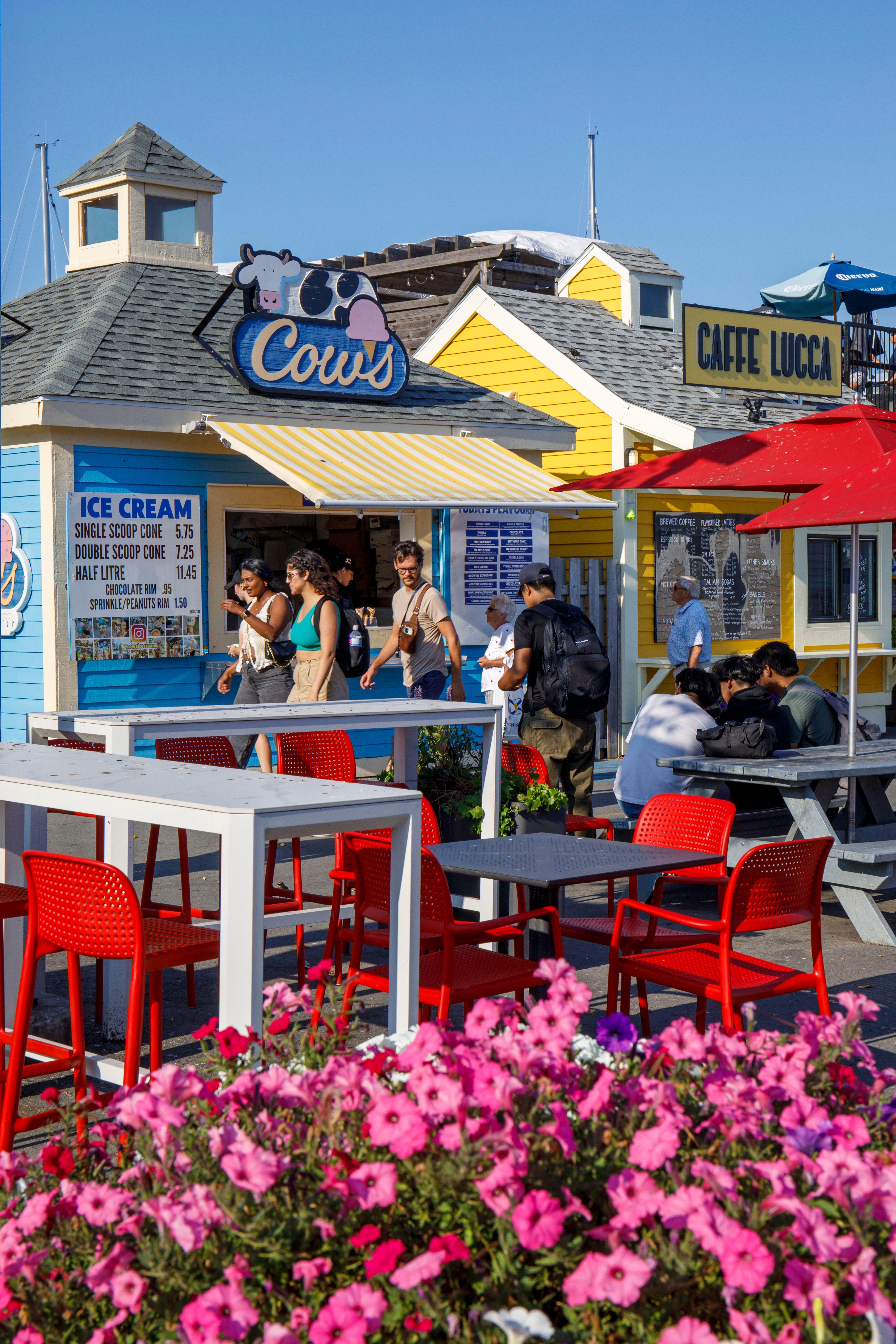
Desmond and Victor were thrilled with their cozy room, which featured a toilet, shower, a fold-down bunk accessible by a narrow ladder, and hidden compartments for the cans of ginger ale they had taken from the Via Rail lounge in Halifax. While they settled in, I took the opportunity to step back onto the platform for a closer look at the train that would host us for the next 23 hours. The Ocean consisted of a diverse array of 18 cars, embodying a rich tapestry of railway history. The train was led by two robust diesel-electric locomotives capable of handling varied terrains alongside lengthy freight trains. At the back of the train were hefty stainless-steel carriages from the mid-20th century, primarily for coach passengers. Nestled in between were our compact sleeper cars, originally Nightstar carriages intended for overnight service to Europe, later acquired second-hand by Via Rail in 2000.
Notably absent was the Park car where, on our first trip, the “learning coordinators” had engaged us in discussions about Nova Scotian tartans and the lobster trap’s proper usage. Due to complicated track layout changes in Halifax, the panoramic cars were currently not in service, although they still operate on the Canadian service from Toronto to Vancouver and the Skeena route in British Columbia. However, Desmond and Victor were satisfied with two lounge cars mid-train, especially when they discovered their wristbands granted them limitless soft drinks and hot chocolate.
As we navigated past the harbor’s red-roofed lighthouses, our sleeper car attendant popped in to remind us of our lunch reservation at the dining car. Our sleeper tickets not only permitted access to the station lounge in Halifax but also included three meals in the dining car. I found the menus, featuring local ingredients such as haddock puttanesca, salmon cakes, and exquisite Nova Scotia wines, to be far superior to typical offerings on American long-distance trains, which serve food on plastic rather than china. After indulging in generous slices of carrot cake, our boys ventured off to explore the train, allowing Erin and me to relax over coffee while gazing at the birch, white spruce, and maple trees flanking us, their colors contrasting against the sporadic patches of snow as we ventured away from the winding shores of the Shubenacadie River.
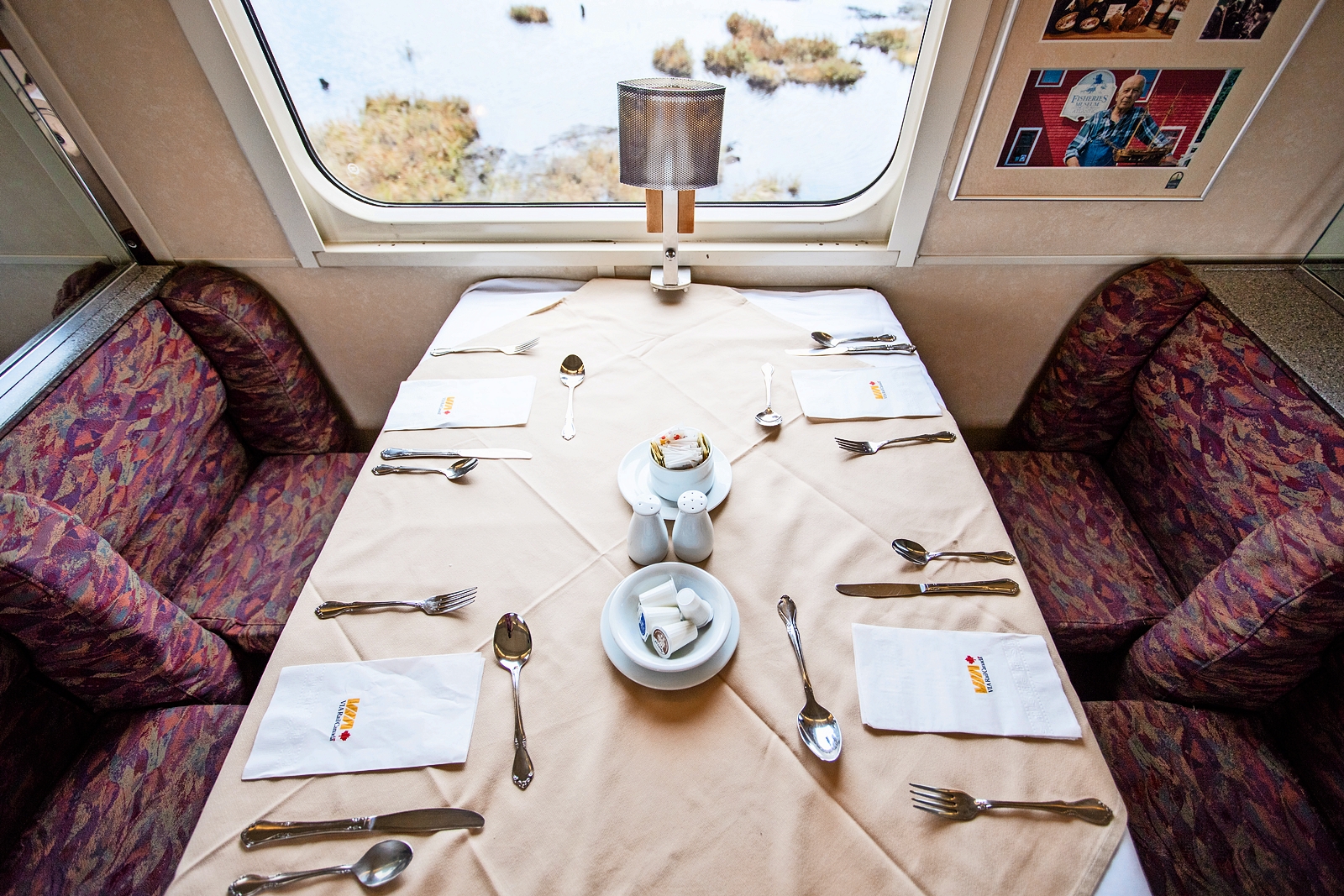
The dining car buzzed with lively conversations, encouraged by the friendly staff. “Traveling across Canada by train is wonderful,” commented one waiter as he cleared the table. “You glance up and spot someone chopping firewood in their backyard, and then it dawns on you that you’re journeying in this luxury metal tube.”
Amid eavesdropping on an animated account of a retired Englishman’s adventures on the Camino de Santiago, we struck up a conversation with a couple seated across the aisle, who lived in Halifax. The man was a 12th-generation Acadian, part of the Chasson clan—descendants of one of 60 French families who settled in present-day New Brunswick during the 17th century. Although I am fluent in French, I struggled to follow the conversations between Acadian francophones in the lounge, whose dialect, called Chiac, is rich with English influences. They were eager for a romantic getaway to Montreal filled with a hockey game at the Bell Centre, a bagel-rolling class, and a visit to a luxurious riverside spa.
“Compared to flying, this train is so enjoyable,” she exclaimed. “We just drove to the station 20 minutes before departure. There were no seat belt announcements. No waiting on the tarmac. The train just leaves the station quietly. We even got to watch our home pass by.”

Upon returning to our sleeper car, I found Desmond napping on the top bunk while Victor was engrossed in the latest Dog Man book. In our cabin—where attendants would prepare our beds while we dined—I settled down for a relaxing afternoon, entranced by the scenic landscape outside.
The quintessential backdrop of Canadian rail travel—a blur of pines and leaning wooden telephone poles—occasionally opened to reveal breathtaking vistas of reddish-hued tidal flats and lakes occupied by Canada geese, back from their annual migration. Each time we made a stop, I would disembark to capture photos at beautifully maintained station houses in Amherst, Rogersville, and others.
Our journey northwards, through the snow-covered highlands of eastern New Brunswick, followed the original route of the Intercolonial Railway—designed for rapid transportation of British troops from Halifax to Quebec. Sir Sandford Fleming, renowned for designing Canada’s first postage stamp and advocating for international time zones, oversaw the construction. He took pride in engineering the line to surpass competitors’ standards, utilizing stone and iron for bridges instead of wood. The rationale for the Intercolonial was to deter potential annexation of Canada by the United States, a thought circulating again in contemporary Canada, and when the line debuted in 1872, it was strategically located far from the Maine border to diminish the risk of U.S. aggression. By the 20th century, the train became a popular choice for American tourists visiting New Brunswick’s famous salmon rivers.
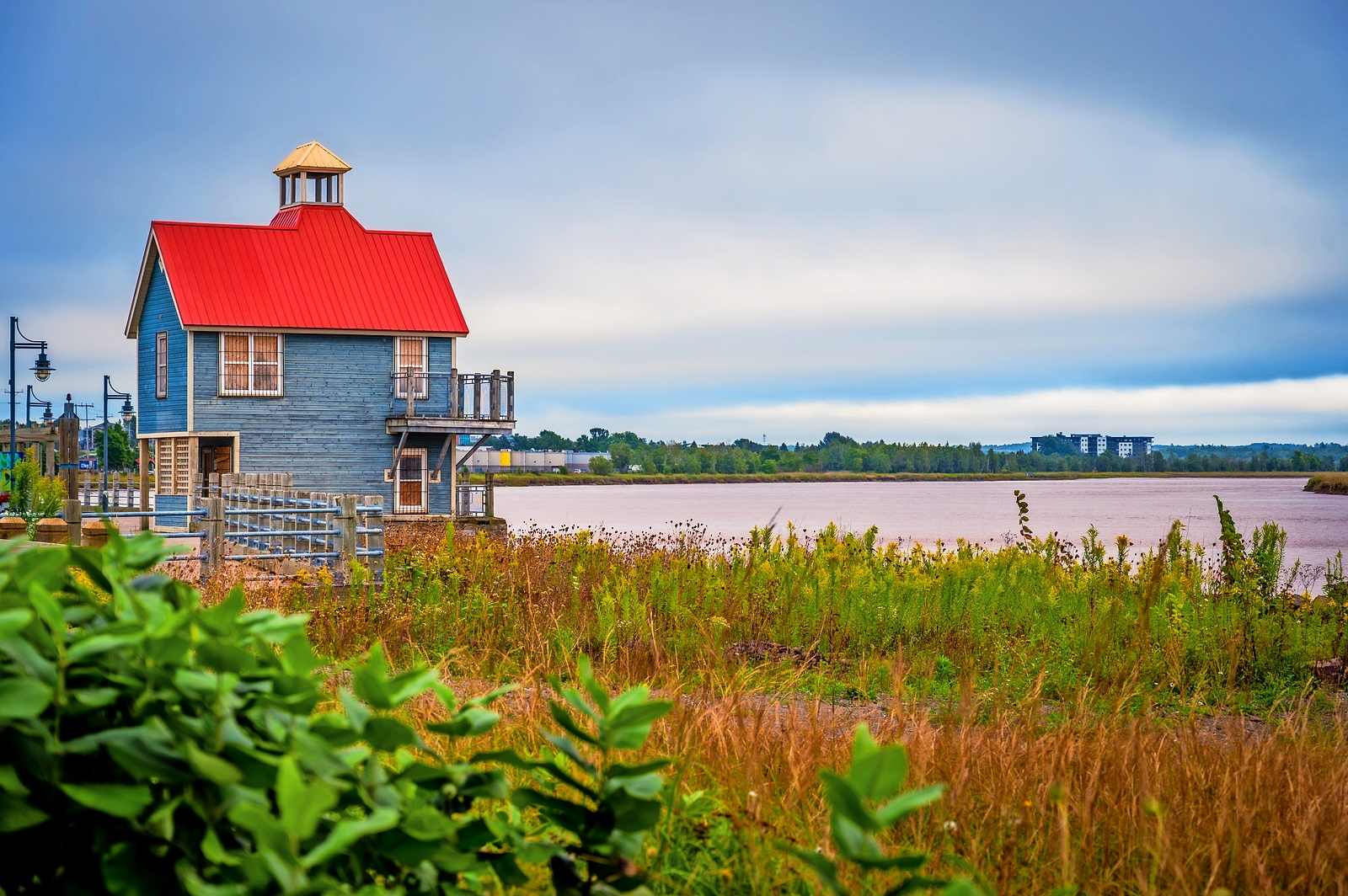
During dinner, as we rolled over iron bridges spanning the Miramichi River branches, our pace slowed to less than 30 mph, with the train swaying over uneven tracks. As we passed through Bathurst and the sun set, we gathered in the lounge car for an enjoyable family card game of crazy eights. That night, the rhythmic clatter of wheels on rails lulled us to sleep in our bunks amidst periodic flashes of red-lit signs at crossings.
Upon waking, the Ocean was retracing from a detour to Sainte-Foy near Quebec City, with the sunrise showering golden light through the Pont de Quebec. In the kids’ room, Desmond stretched sleepily, while Victor, who enjoys ranking experiences, declared that his recent sleep was among the best he’d ever had.
Waking up on a train, we unanimously agreed, was a delightful way to begin the day. After a hasty attempt at shaving, I decided to forego the in-room shower and joined Erin and the kids, who were already enjoying lemon-ricotta pancakes and omelets in the dining car. When our attendant shared stories of morning wildlife sightings along the tracks, Victor, equipped with his Polaroid camera, nearly captured a pair of white-tailed deer grazing in a farmer’s field.
By 11 a.m., the train eased into the tracks over the Victoria Jubilee Bridge, which rests on ice-breaking piers established in 1860 under Robert Stephenson’s direction, the son of George, creator of the Rocket—on the world’s first intercity passenger line. Crossing the St Lawrence River marked our return to Montreal, arriving half an hour behind schedule, signifying the closure of our adventure.
While this trip concluded our current journey, Desmond and Victor relished their first overnight train experience, perhaps enjoying it even more than Erin and I had enjoyed our ride on the Ocean two decades prior.
As the boys maneuvered through the bustling Monday morning commuters at Montreal’s Central Station, their father secretly perused the Via Rail departures board, pondering where our next rail adventures might lead.
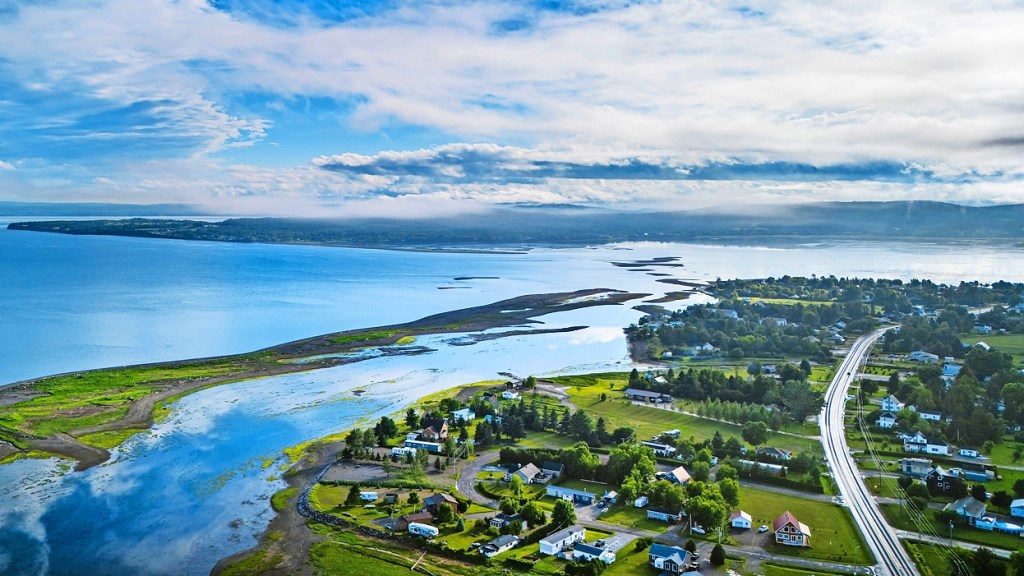
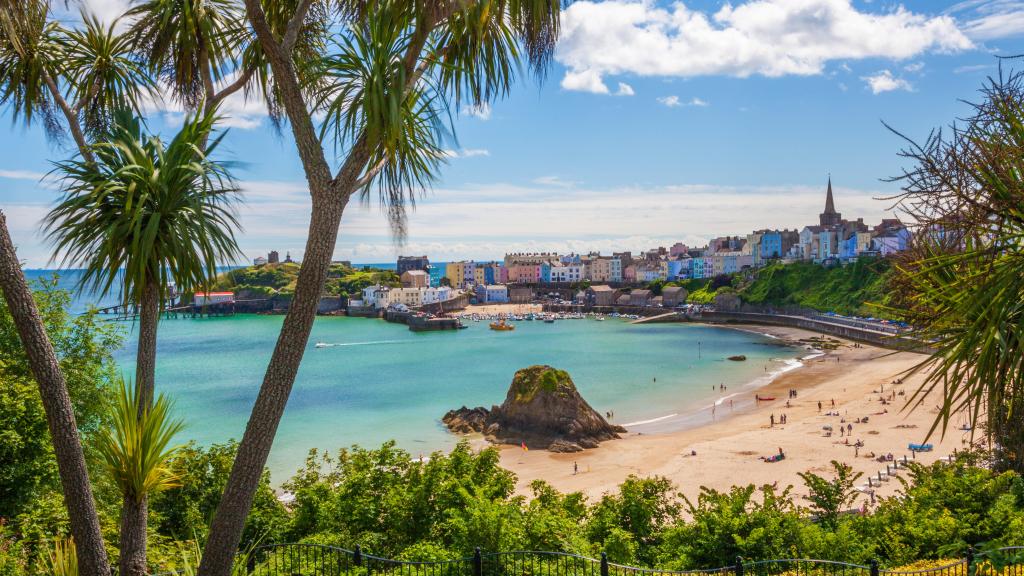
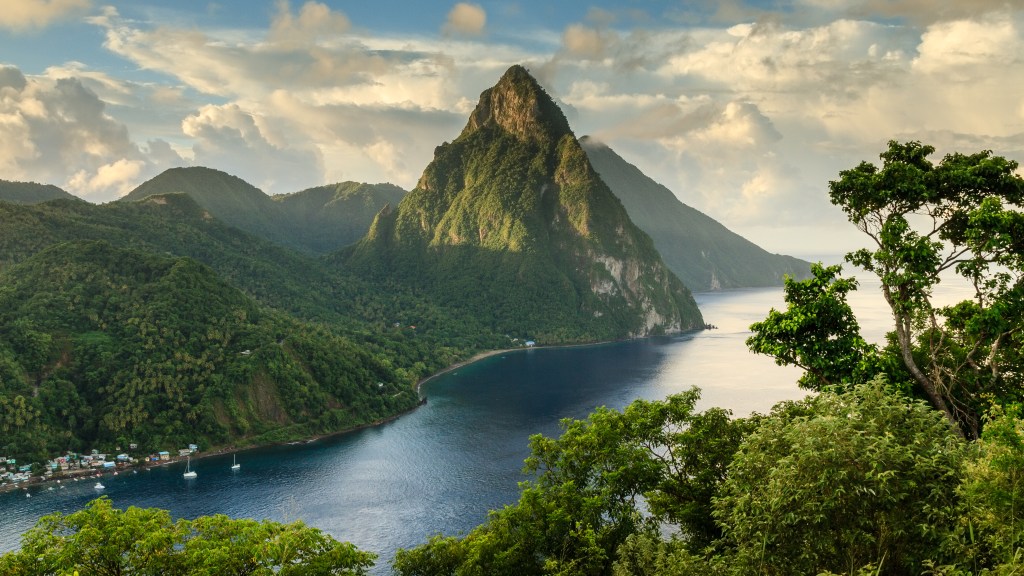
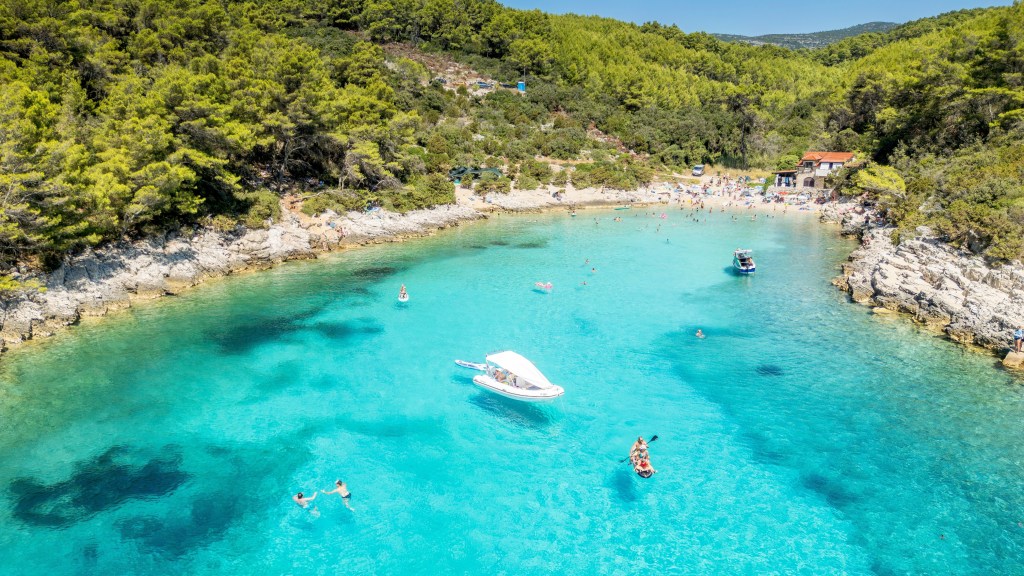
Post Comment